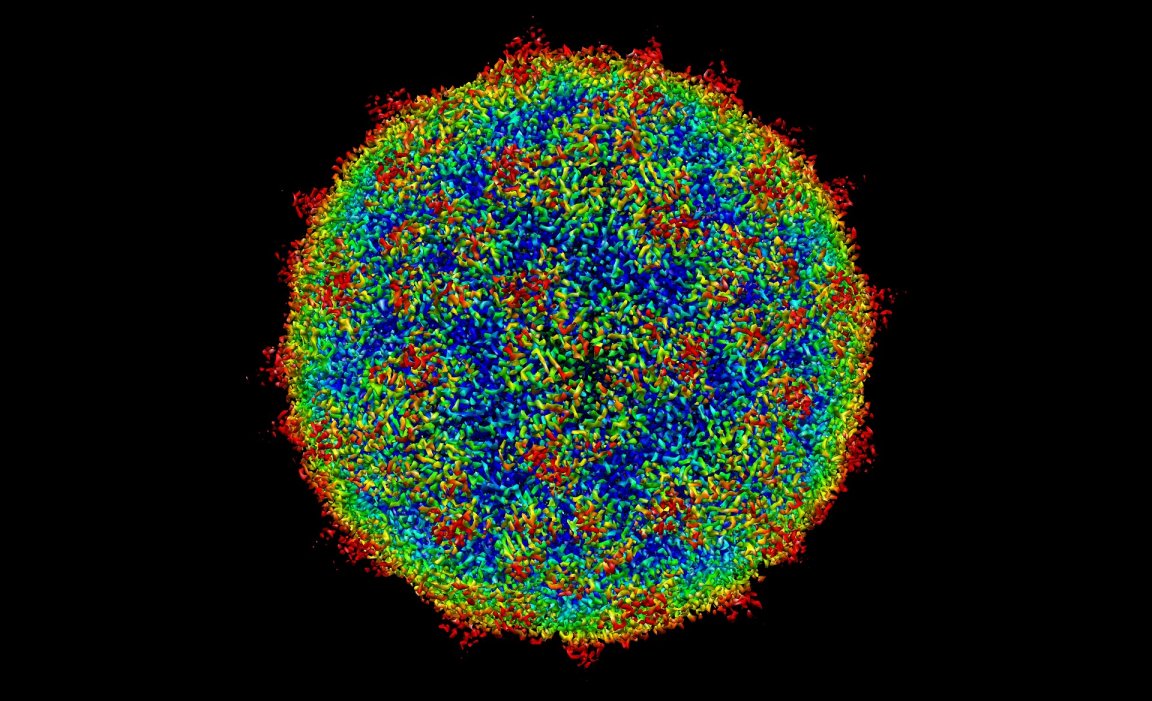
Code Breakers
A research project developed by scientists from the University of York and the University of Leeds has established how to write code that can govern the assembly of viruses. In other words, they are literally writing code to control how viruses operate, which could dramatically impact the future of medical treatment and immunization.
Jumping off a previous study that established how simple viruses utilize a code hidden within their genetic instruction to create proteins, the team established a way to artificially craft and encode their own messages. These communications take the form of RNA molecules and,f since they don’t prompt the production of proteins as they would normally, they pose no threat to the body.

“If you were to compare our research to household DIY, it’s like taking a set of instructions for building a shelf, learning what makes the assembly so efficient, then using the instructions to build a different shelf using better-quality wood,” said professor Reidun Twarock, a mathematical biologist at the University of York, in a press release.
There are hopes that this project could be used to create a method of introducing particles to the body that have the external appearance of a virus, stripped of its harmful qualities, leaving only the assembly code that allows for the efficient production of its protein shell.
This shell could elicit a response from the immune system that would allow the body to ultimately defeat the actual virus, should it ever be encountered. This same method could even serve to transport cargo to particular cells in an application Twarock compares to a “Trojan horse.”
Theory into Practice
This project’s efforts to reverse-engineer this viral code offers up a host of potential applications for medical professionals. The key is that the useful traits of the particles are retained, while their ability to replicate and their capacity to distribute harmful proteins has been removed.
“During the Second World War the need to decode the German military codes known as Enigma drove the development of electronic computing, which in turn led to the digital world of today,” noted professor Peter Stockley of the University of Leeds in the release. “In the same way, this new understanding of viral self-assembly codes is likely to trigger multiple applications of the technology, just as digital computers proved to be useful for more than simple code-breaking.”
As previously mentioned, the team asserts that the most immediate uses for the technique could be found in therapeutic applications for people suffering from cancer and that it could also be used to create synthetic vaccines. The next step is to take the principles that were established in this study and begin to test them in a clinical setting for specific use cases.
Of course, its use in humans will take some time. “We estimate that it will take about 2-3 years until such studies have been completed and this technology will be available,” Twarock and Stockley told Futurism via email correspondence; however, this work, and it’s potential applications, paint a brighter picture of the medicine of tomorrow.